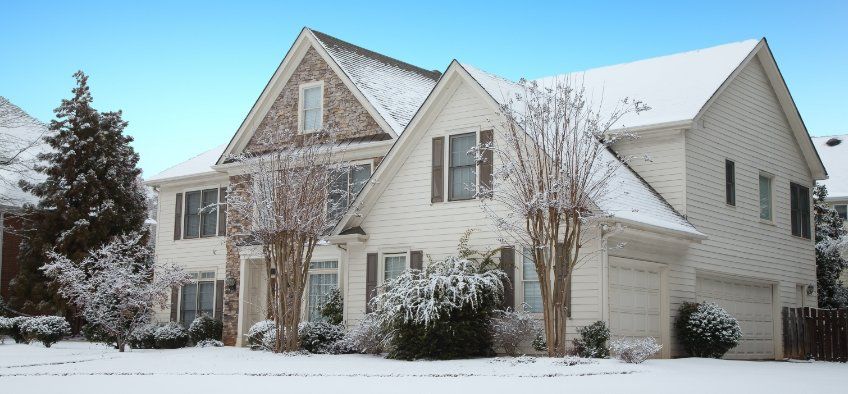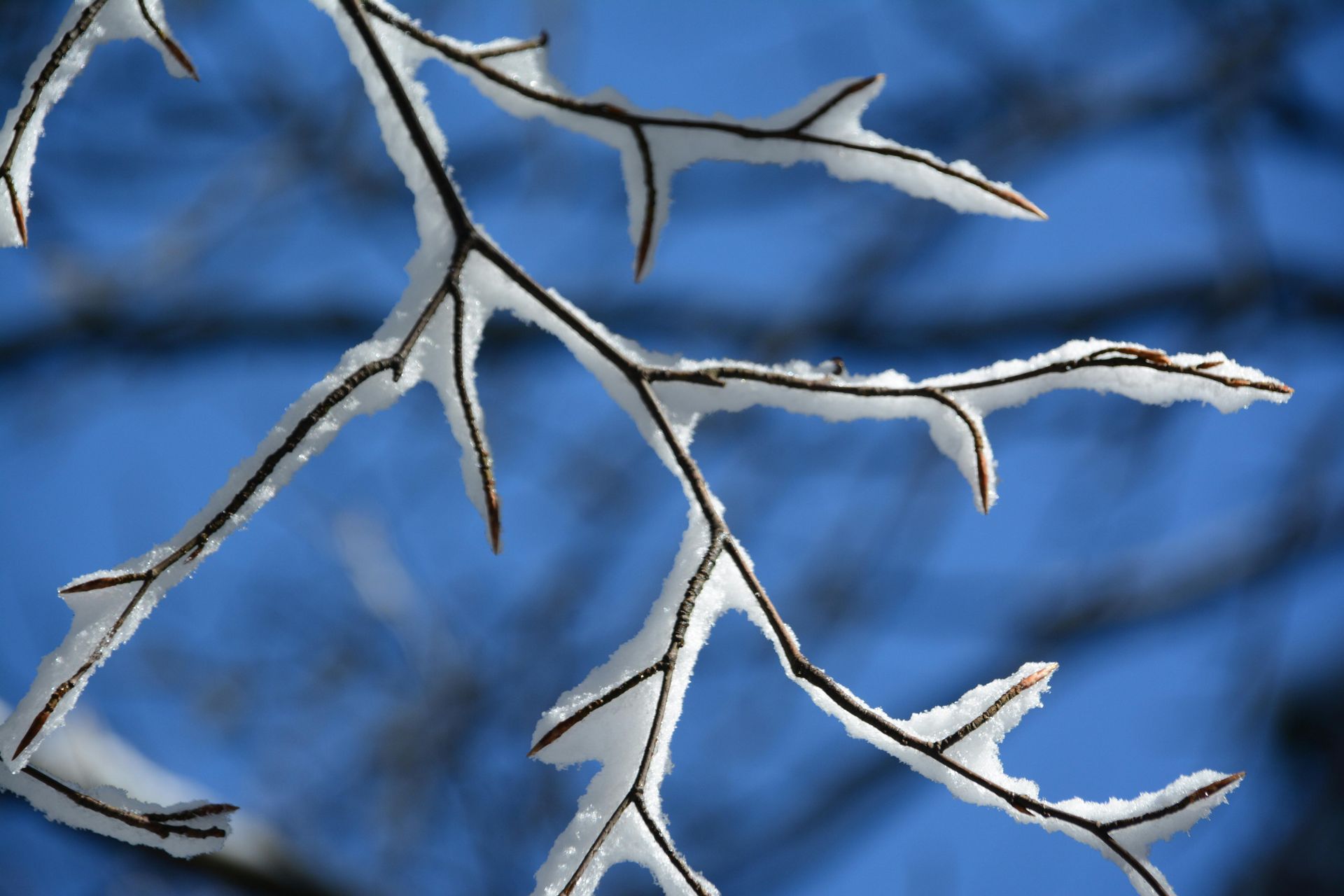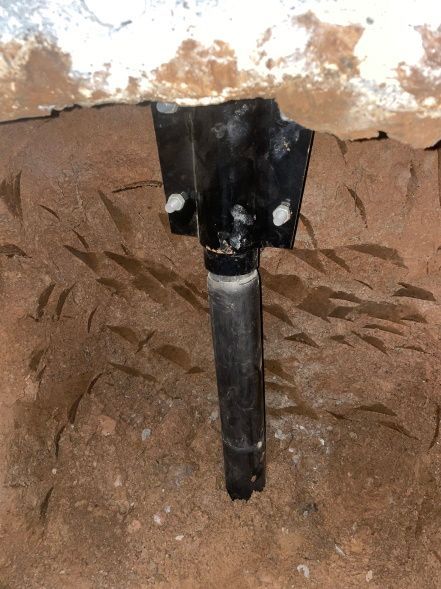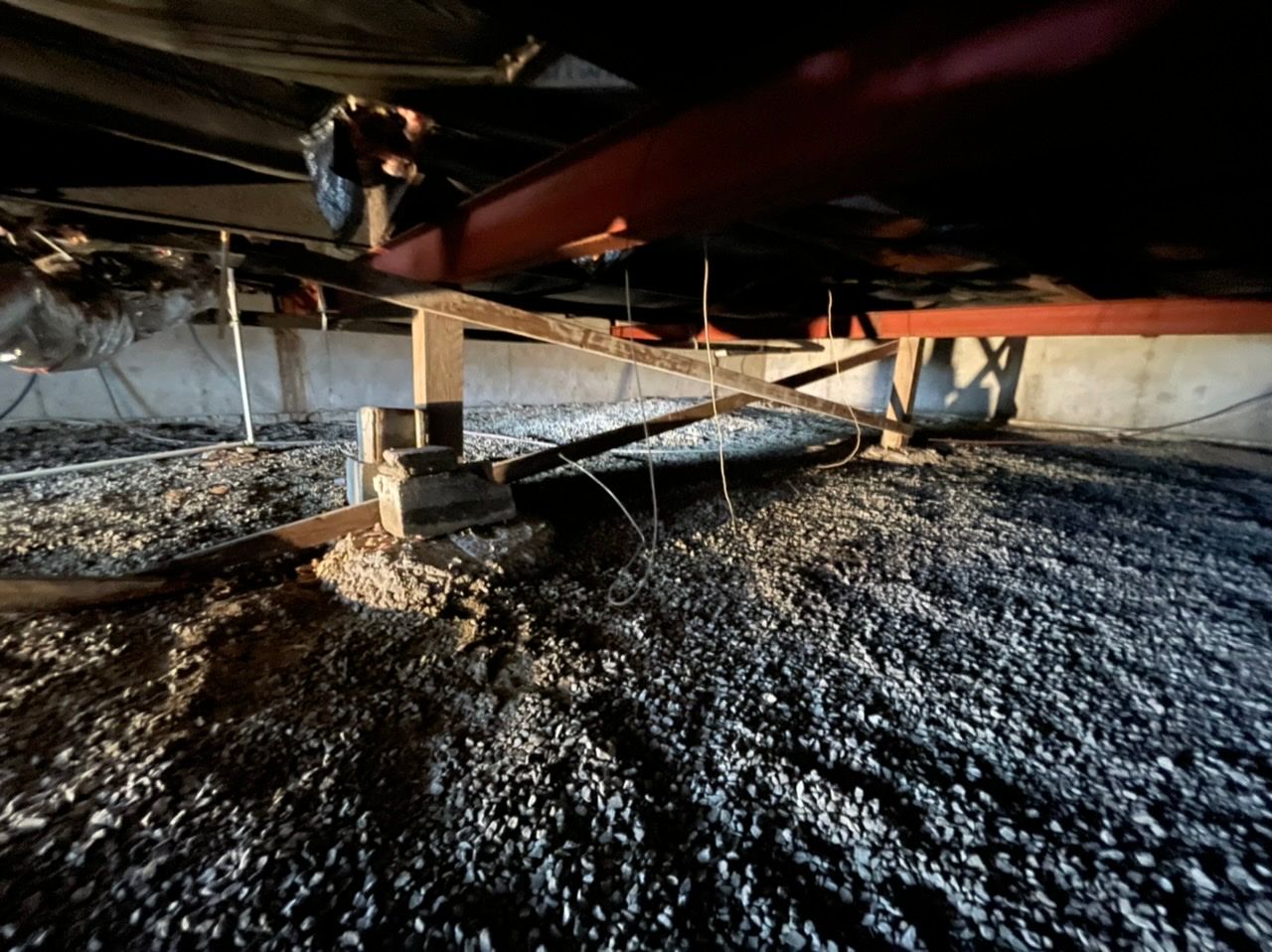Addressing Common Foundation Issues During Winter
What does winter do to your home's foundation?

Winter is a very harsh weather that can affect humans, animals, plants, and even structures. That’s why your house, specifically your home's foundation, isn't fully protected from the harsh midwest winters, especially when the thaw/freeze cycle begins.
Problems in your foundation can affect the whole house, and if they’re not addressed promptly, greater issues can arise, resulting in structural damage, larger expenses, and more headaches! That’s why you should make sure when you begin to see the first sign of potential foundation damage, you seek the opinion of a foundation repair specialist. Areas like Kansas City has many foundation repair options, so be sure you do your research and determine the best company for your needs. Let’s learn more about this topic from this article.
Common Foundation Issues During the Winter
Foundation issues during the winter aren’t always visible immediate. You naturally aren't spending as much time outside to review the exterior of your foundation, snow could be covering issues, and more. But there could be some subtle signs, like difficulty in temperature control, excess moisture, and much more. Let’s see some of these problems in detail:
Frost Heave
Frost heave is the process where the freezing and thawing cycle occurs continuously in the top layer of soil. This cycle occurs when the temperature drops below the freezing point and thaws when the temperature gets warmer.
When water in the soil freezes, the soil expands and presses the foundation above it. When this happens, the soil expansion causes the foundation to move upwards, which leads to structural damages like cracks in walls, ceilings, and floors.
Damaged Pipes
In winter, when the temperature rises and falls, it makes the pipe expand and contract continuously. When this happens, sometimes water can’t even move through pipes; they can leak and even burst. The leaked water can pool near your home’s foundation and cause moisture damage.
Also, if your house has a sump pump, then the discharge line and pipe have a risk of getting frozen when the pump pushes excess water out of the house. This will force the water back into the house and flood your home.
RELATED: 6 Ways to Prevent Frozen Pipes
Uneven Floors, Tilted Walls and Chimneys, Stuck Doors and Windows
Because of the high humidity level and foundation movement due to soil expansion, the structural components in your house can crack and get separated. For example, the drywall can start separating, the walls can bow inward and crack, the floor can sag and buckle, and the door and windows are stuck. Also, your chimney can start to lean in one direction or crack.
Sinking Foundation
If the soil beneath your house has gaps in between or becomes more ductile, then there’s a chance that the foundation can settle or sink deeper. Also, when there are cracks in the foundation, it won’t be able to bear the weight of your whole house as effectively as before, which will also lead to sinking foundations. Your home is only as healthy and strong as its foundation, so it begins there!
Mold
Excess basement moisture due to water leakage and seepage will make the crawl space a good place for mold. Even though it shouldn't be able to spread in winter, when you try to keep your house warm, it will also make some space in the dark basement area warm and damp, which will make mold grow. Many homeowners find the need to install an EZ Breathe Ventilation System, which is extremely effective on generating healthy air.
Leaks and Seepage
Leaks in pipes, gutters, tanks, and any other components in your house can lead to water seepage. Moreover, winter precipitation and freeze-thaw cycles can lead to water pooling near the crawl space, which will cause moisture damage to the foundation.
Ice dams can also build up on your roof when interior heat melts ice on the roof, but the water can’t drain properly and refreezes. These dams can lead to puddling near your house’s foundation later and cause damage eventually.
Now we've outlined some issues, so just how do we resolve them?
How to Resolve Winter Foundation Problems
Frost Heave
If you want to prevent frost heaving, you can add a frost heaving prevention system like a hydronic heating system, though this system can be quite expensive. There are also other methods; for example, you can use gravel or other backfill materials near the foundation, which will prevent the soil from expanding too much. However, this method is critical and takes so much time.
Another method to prevent frost heave damage is to install precast piers in your old foundation. This will give enough support to your house below the frost depth and lessen structural damage during the freeze-thaw cycle.
Damaged Pipes
In the case of a sump pump, you can put the discharge line buried at least 5 inches below the frost line in your yard to keep it from getting frozen. And to avoid frozen pipes, you can leave a small drip going with the pipes in your house when it’s the coldest; preventing the pipes from freezing.
Uneven Floors, Tilted Walls and Chimneys, Stuck Doors and Windows
Now it’s time for you to contact a professional to assess all the problems and start repairing the damaged components as soon as possible. They may advise you to do underpinning using helical or push piers to make the house stable as soon as possible.
Sinking Foundation
You can use underpinning, soil stabilization, grouting, or other methods to solve foundation sinking problems. That’s why it’s important to consult a professional and follow their advice and instructions.
Mold
If you see mold clusters, you can follow them to see where the cracks and leaks are. However, it’s best not to try removing the mold by yourself since it won’t go well most of the time. Hire a mold remediation specialist to inspect and remove the mold before clearing out other parts of your house.
Leaks and Seepage
If you want to keep your foundation safe from seeping and leaked water damage, make sure to keep the gutters clear of blockages and debris. And to minimize the damage from ice dams, make sure the insulation in your attic or roof area is adequate.
Protecting Your Home from Winter's Impact
The Kansas City winter thus far has been pretty rough for our home's foundation. Significant snowfall, freezing temperatures, thawing grounds, and the cycle continues. Prevention is best for any type of problem, so it’ll be best to take action to protect your home as the winter’s approaching. You can take several steps to protect your house, such as:
● Ensure proper insulation in your house.
● Check the heating system regularly.
● Make sure there are no gaps or cracks in the door and window frames, and be sure to seal them if you do see any.
● Clean gutters regularly.
● Inspect and maintain the roof, chimney, and crawl space regularly.
Make sure to take action at the first signs of any foundation concern. The more promptly you take action, the easier and more cost-effective the solutions will be. If you’re still not sure about the foundation problems in your foundations or want more information regarding this topic,
please feel free to contact us or get a quote from our PierMagic.




